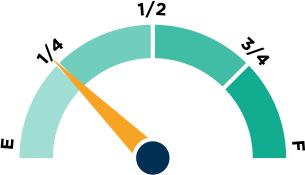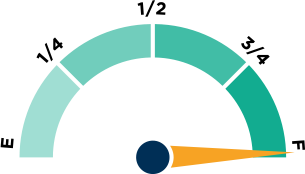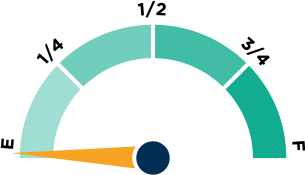Hawaii
Rank
Hawaii, ranked 39th with a D-, sees innovation taking root slowly. The Aloha State’s lack of charter expansion keeps broader educational freedom just beyond reach, leaving families wanting more.
A small but robust and diverse array of schools are highly prized but heavily regulated, limiting their autonomy and potential for growth, making Hawaii the fifteenth weakest charter law in the nation.
Students in Hawaii are able to participate in dual enrollment and a robust CTE program; they can pursue career pathways in various fields and earn industry-recognized certifications. The state’s focus on place-based learning is unique and there’s an emphasis...

Josh Green, elected in 2022, picked up where Governor David Ige left off and not much has changed for families opportunity wise. While he did increase funding for Pre-K facilities, it may be time to take a more serious review of innovative approaches and...
Hawaii has no private school choice programs.
States with bold, parent-driven policies—like Arizona, Florida, and West Virginia—continue to lead the nation by offering the widest range of school choice options, from ESAs to charters to microschools!

School report cards are easily accessible on their Department of Education homepage by clicking “Vision for Success.” The ‘Strive HI’ platform provides lots of information, individual school reports are comprehensive, clear and easy to read, providing a...

One of many data points to assess whether a state has the right policies in place to ensure teacher quality is the "use of student achievement data in teacher preparation accountability." How empty or full the fuel tank above is will give you the answer for your state.

Hawaii's Supreme Court has interpreted the state's Blaine Amendment broadly and restrictively.